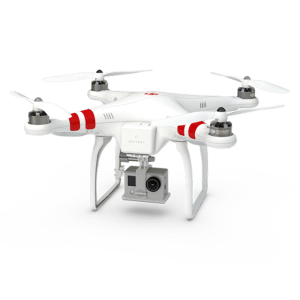
The number of unmanned aerial systems (UAS) authorized to fly in U.S. airspace has topped 1,000 under a law that allows case-by-case exemptions for pilots to fly outside of existing flight restrictions and to sell the data they collect as a service.The Federal Aviation Administration (FAA) continues to expand the allowed uses of unmanned aerial vehicles over U.S. soil outside of what is already allowed for hobbyists. Without an airworthiness certificate granted under the exemption process, drones must be flown…

 By
By 








